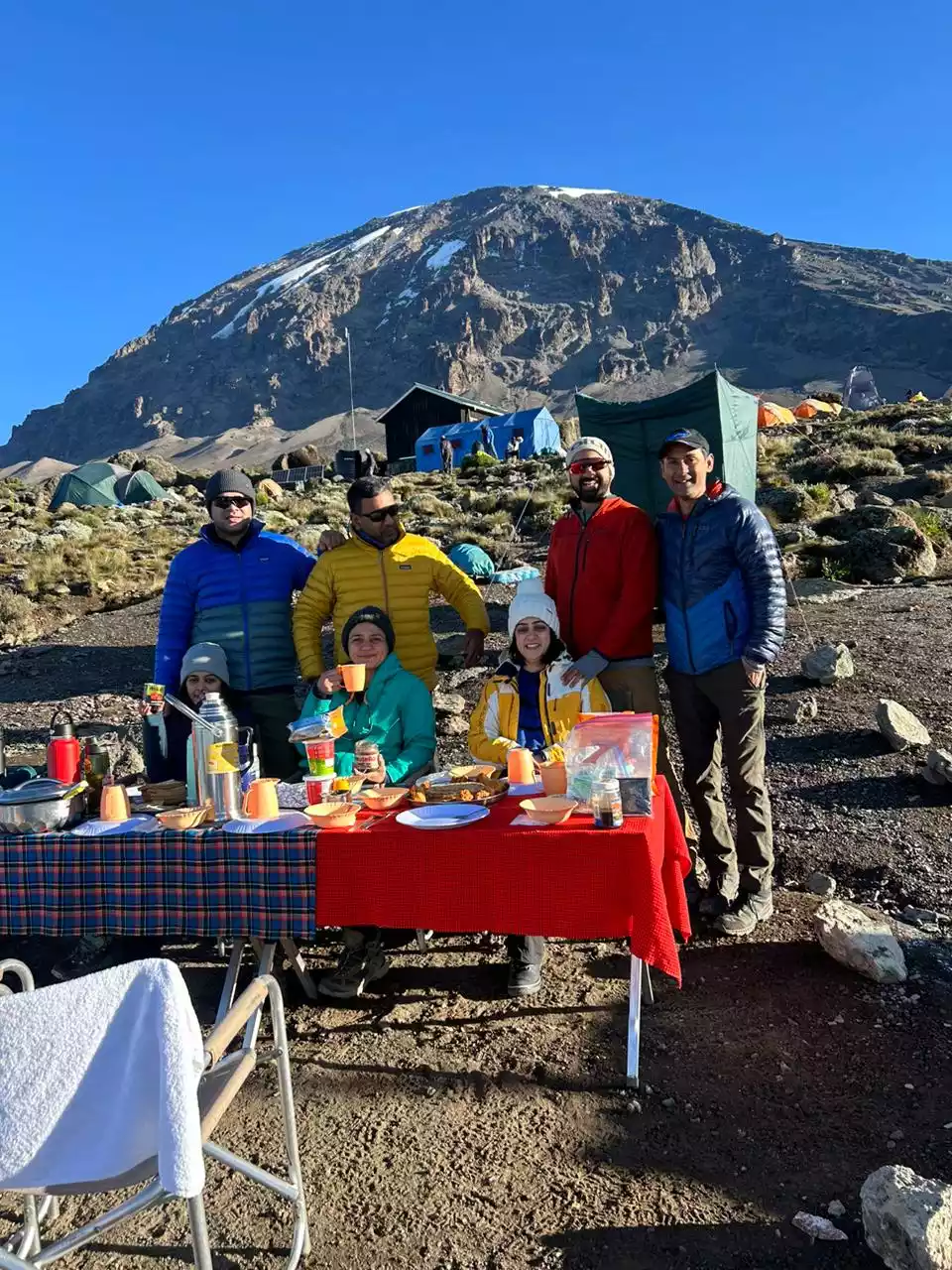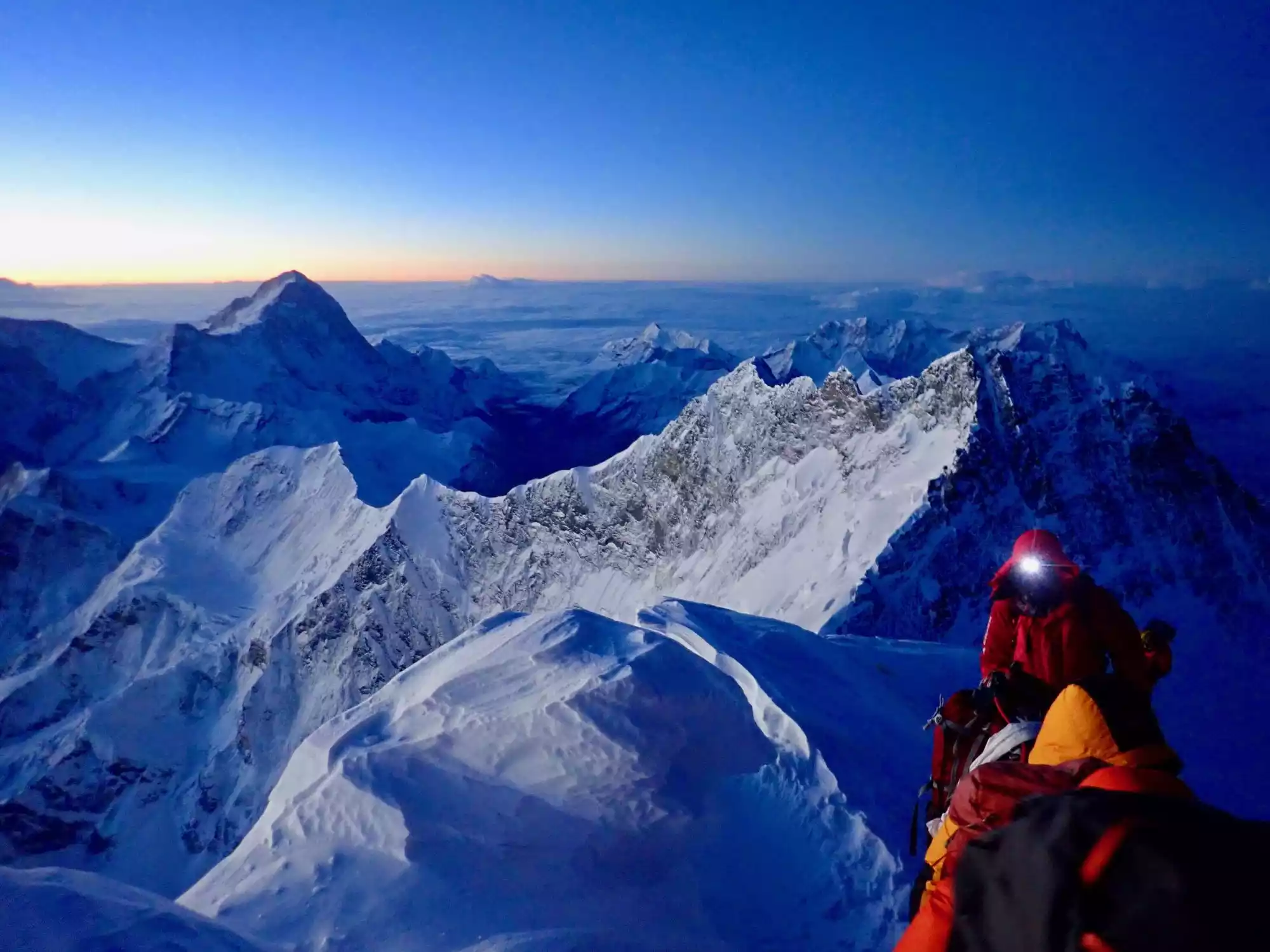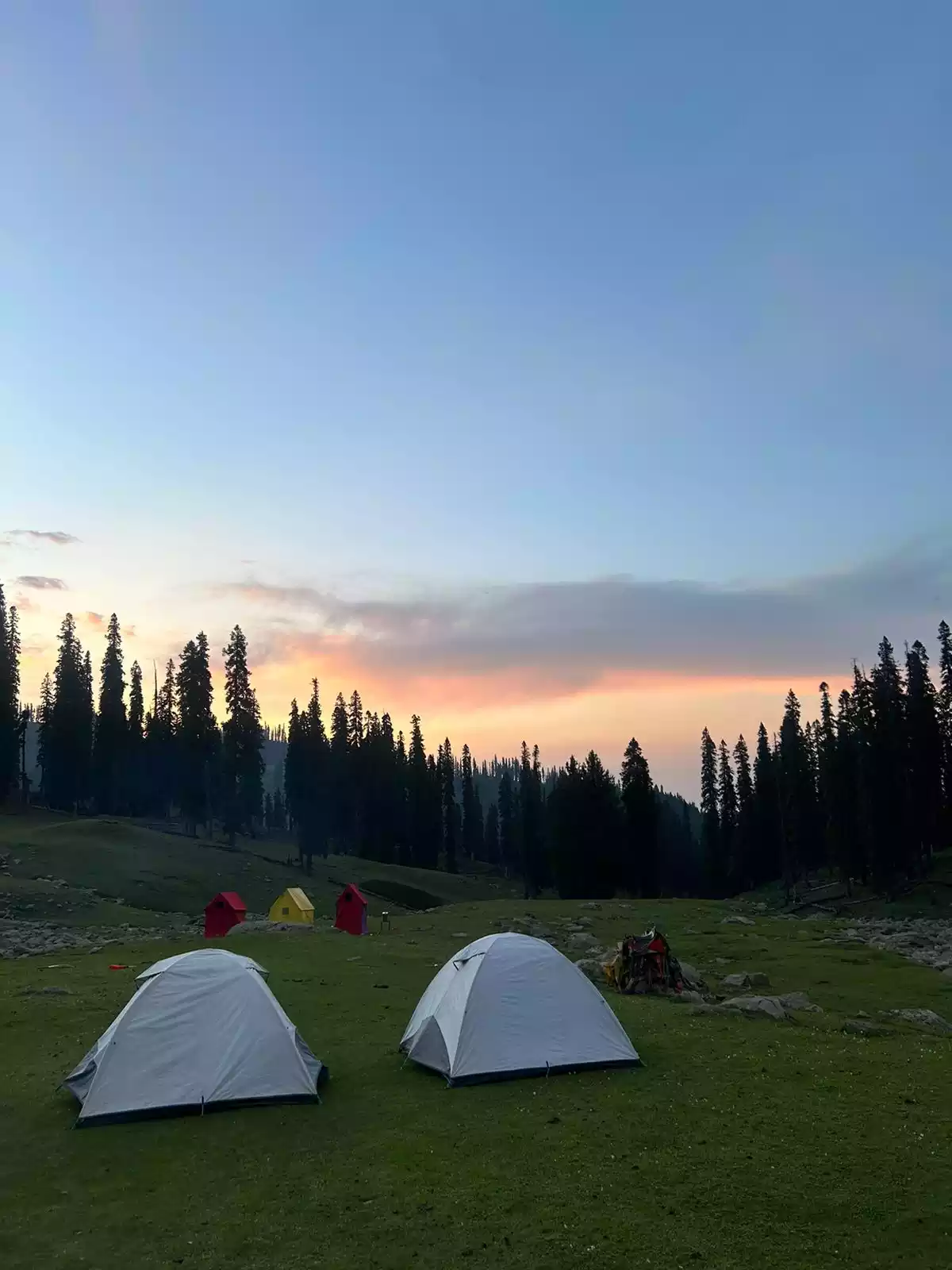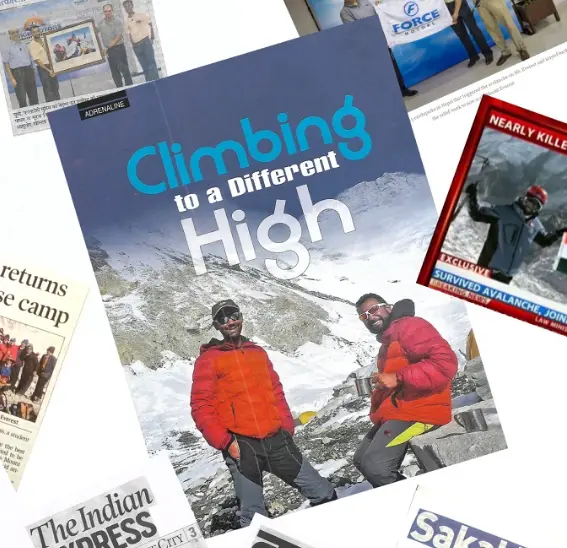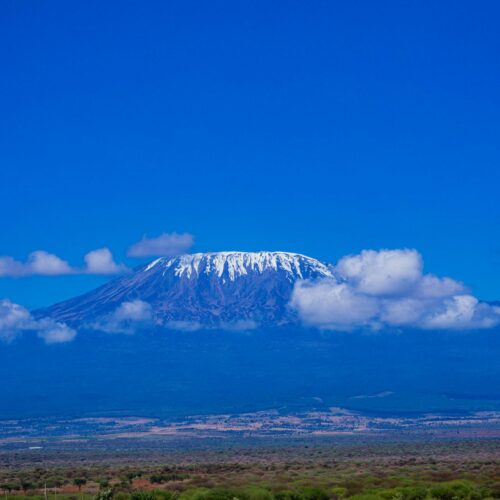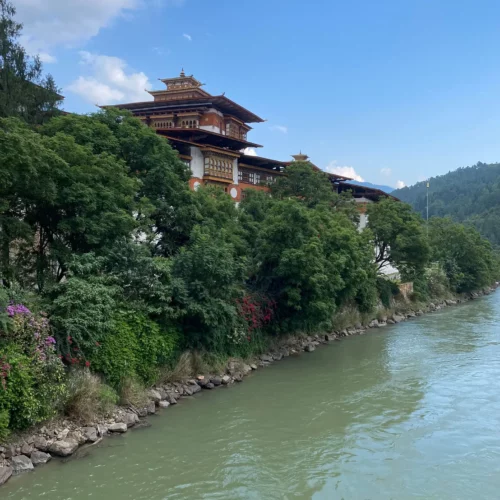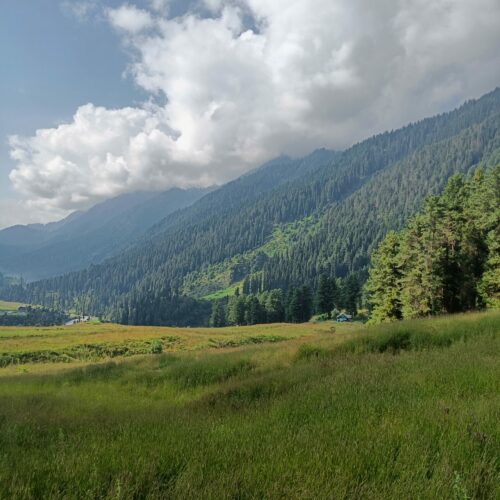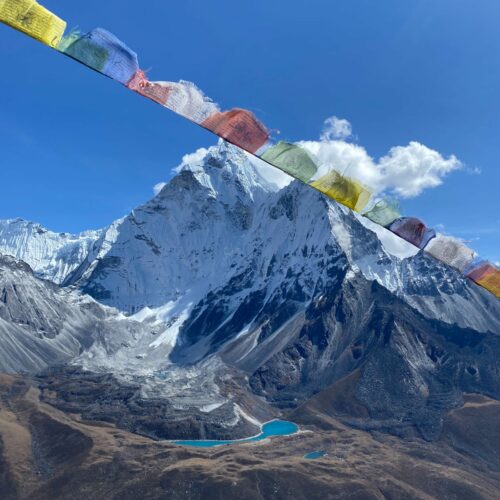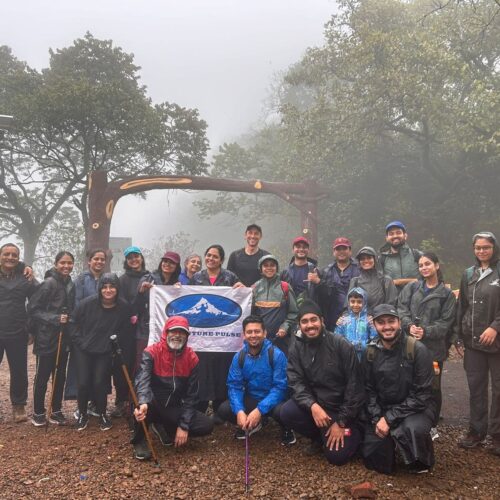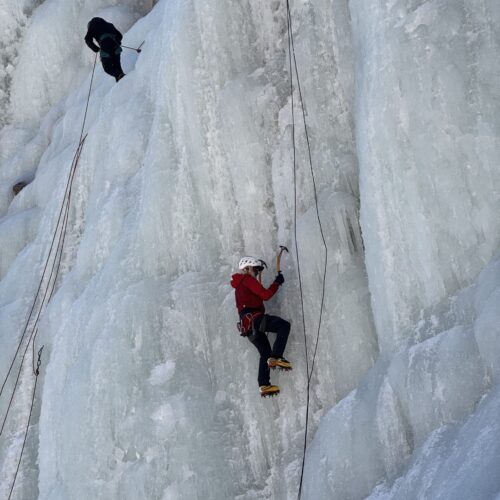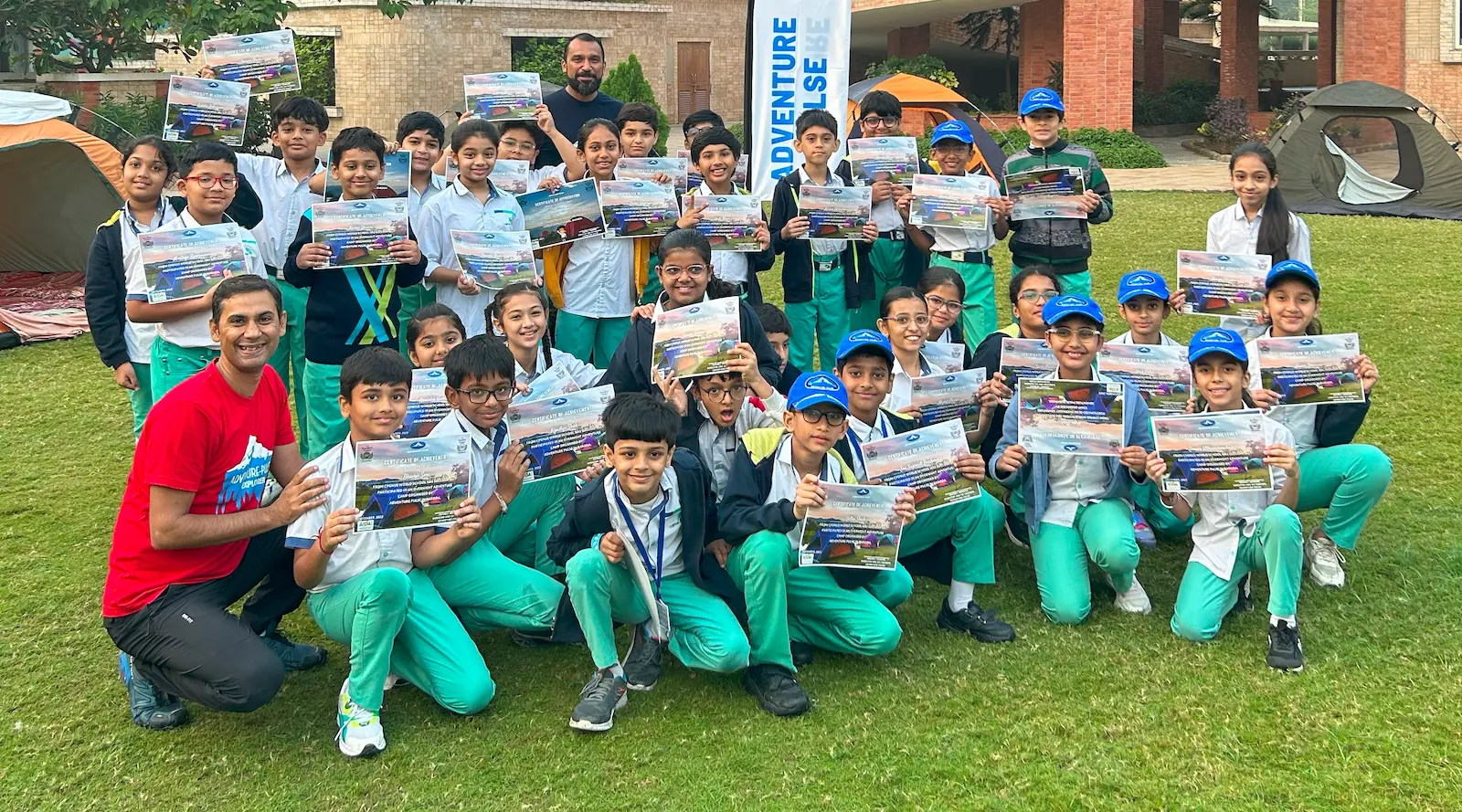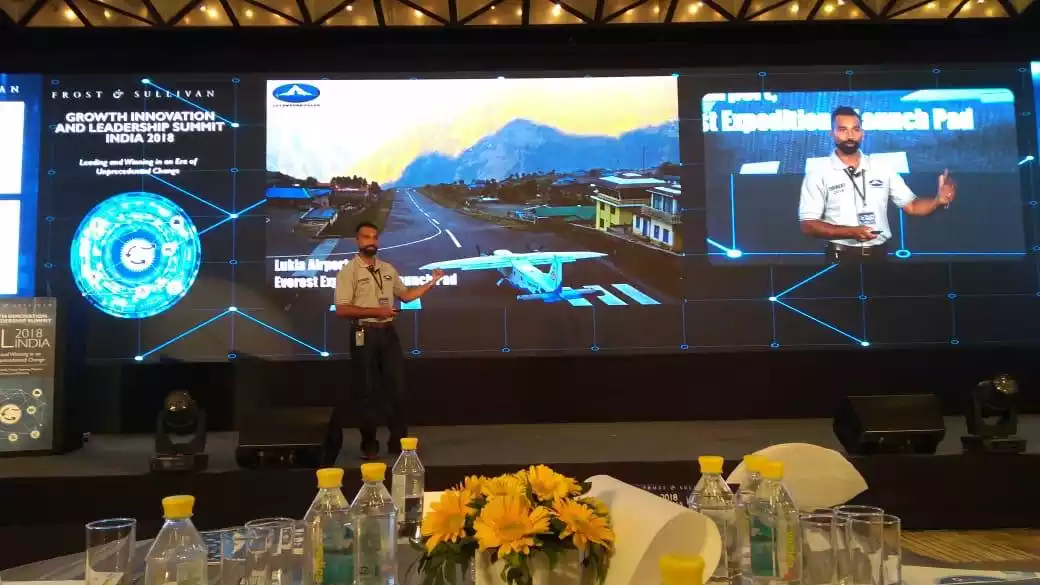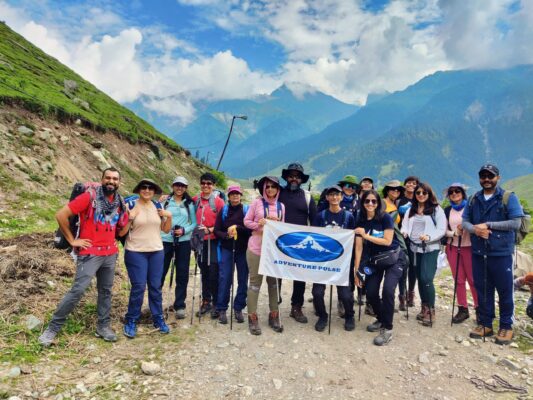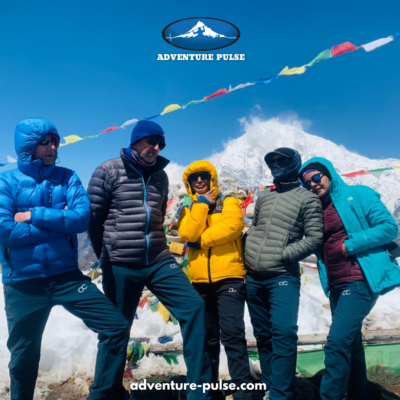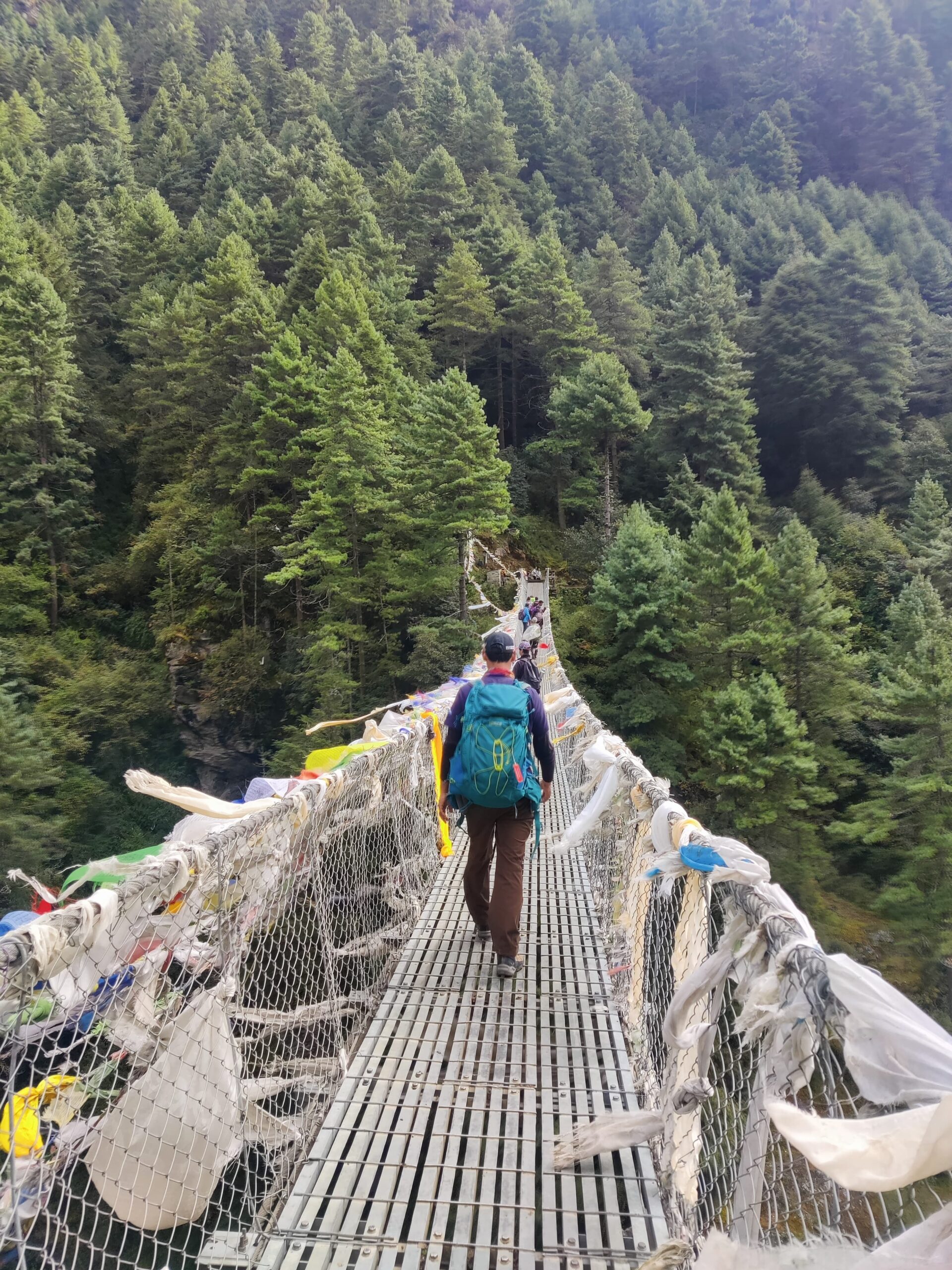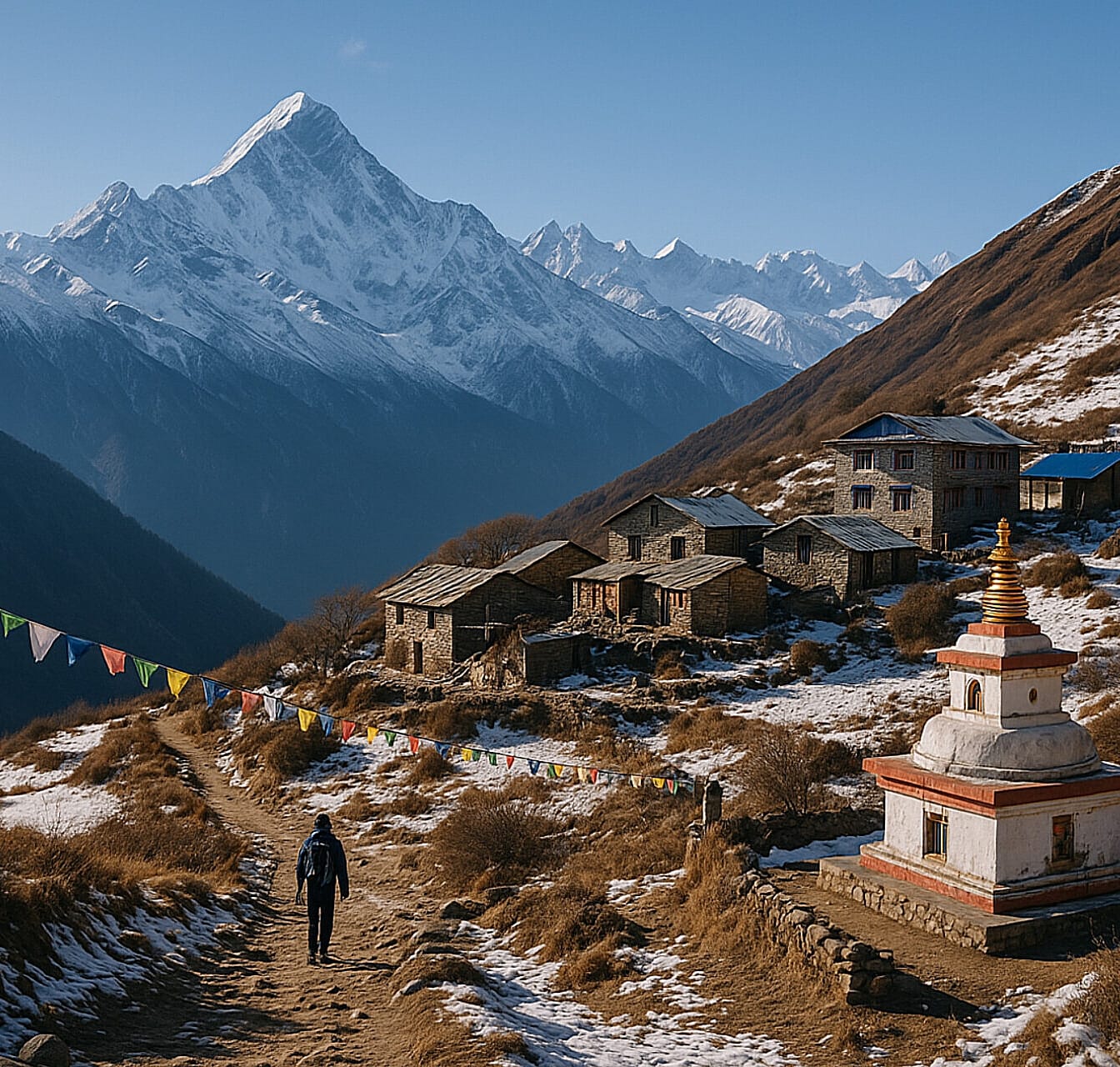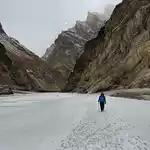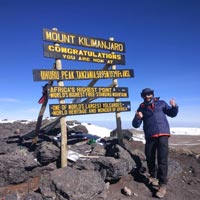Established in 2010
Brief Itinerary
- Day 01: Arrival in Kathmandu and overnight stay in Thamel
- Day 02: Drive from Kathmandu to Gatlang (2,238 m; 8-9 hrs; 139 km)
- Day 03: Trek from Gatlang to Tatopani (2,607 m; 5-6 hrs; 10-12 km)
- Day 04: Trek from Tatopani to Nagthali (3,165 m; 3-5 hrs; 7-9 km)
- Day 05: Trek from Nagthali to Timure (1,762 m; 4-6 hrs; 10 km)
- Day 06: Excursion to Rasuwagadhi and back to Timure (1,815 m; 4-6 hrs; 8-10 km)
- Day 07: Trek from Timure to Briddhim (2,230 m; 5-6 hrs; 10 km)
- Day 08: Trek from Briddhim to Syabrubesi (1,503 m; 3-4 hrs; 7-9 km)
- Day 09: Syabrubesi to Kathmandu drive (1,400 m; 7-8 hrs; 120 km)
- Day 10: International Departure from Kathmandu
Inclusions & Exclusions
Trip Cost Includes:
- Airport ‘group’ pick-ups and group drops.
- Transportation to the start point of the trek and back.
- 2 night’s hotel accommodation in a standard hotel in kathmandu on twin sharing basis on Bed and Breakfast plan.
- All meals during the trek (Breakfast - Lunch and Dinner) One order = One meal
- Accommodation in tea houses during the trek. Dorm sharing with access to common bathrooms.
- All support staff (guides and assistants depending on the group size). Ratio 3:1
- Backpack off loading strictly up to 10 Kgs.
- Coverage of Guides and Porters, their meals, salaries, transportation, etc.
- Trek Permit.
- Basic medical kit.
- All government and local taxes.
Trip Cost DOES NOT Include:
- Flights in & out of Kathmandu
- Entry/Visa Fees for foreigners on arrival.
- Lunch and dinner in Kathmandu / Extra orders in Tea houses.
- Personal Insurance and personal clothing/equipment.
- Private airport group pickup and drop.
- Personal guide or off loading of small day pack while trekking.
- Extra porterage if duffel bag/main bag is beyond specified limit.
- Extra night accommodation in Kathmandu or tea houses in case of early arrival / late departure / or early return from the mountain (due to any reason) other than the scheduled itinerary.
- Any additional costs or delays caused by ‘Force Major’ or change of govt policies, strikes, etc.
- Tips and gratitude provided to staff. (Mandatory)
- Anything not specifically mentioned in Inclusions.
- Any kind of accommodation upgrades
- Expenses arising out of medical emergencies, evacuations etc.
- Hiring of horse or ponies in case a trekker is unable to walk etc.
Things to carry
Download as PDFExtreme temperature variations, high altitude, snow glare & proximity to sun are certain factors which necessitate the need to for proper mountaineering and trekking equipment. In order to enjoy your experience in the mountains, we have recommended that you carry the following with you.
Apparel
- Thermal Inners - At least 1 pair of Top and Leggings
- 6-8 t-shirts or long-sleeve shirt (cotton / dryfit)
- 2-3 pairs of trekking pants (no denim)
- 1 Sweater/Sweatshirt
- 1 Fleece Jacket
- 1 Down Jacket
- 1 Waterproof Layer like raincoat or wind-cheater
- 1 pair of hiking boots
- 1 pair of comfortable sandals/floaters/sneakers
- 6-8 pairs of cotton socks (for day)
- 2 pairs of thick/woollen socks (for night)
- Gloves - liner and outer
- Sun hat
- Woollen cap
- Buff
Accessories
- Duffel bag / Rucksack (60L+)
- Daypack / Backpack (20-30L capacity)
- Sleeping bag (can be bought or rented in Kathmandu)
- 2x 1L Bottles (to carry drinking water)
- Torch + Batteries / Headlamp
- Knee/Ankle/Wrist Guards
- Trekking Poles
- Sunblock
- Sunglasses
- Moisturiser
- Hand Sanitiser
- Personal Medical Kit
- Personal Toiletries Kit and Toilet Paper
- Snacks
Fitness
Download as PDF- There are three main aspects of training to focus on – strength training, cardiovascular training, and trekking + trekking alternatives.
- Strength training involves training different muscle groups, so that they can become stronger. There are different exercises for each muscle group, and working them all out 2x-3x a week should be enough to help you get comfortable trekking.
- Legs / lower body - exercises like squats, glute bridges, step ups and leg presses with help you develop stronger muscles in the lower body.
Core - Exercises like planks, bicycle crunches and leg raises can help with core stability; Pilates is also a core-intensive type of workout that will help.
Upper body - Bodyweight exercises like push-ups, pull-ups and dips will help develop these muscles. You can also use resistance bands or light weights to develop them further.
- It’s vital to do plenty of cardio training before your trek, so that you can get the most out of your experience
- Running - This is the most recommended form of cardio activity, as it activates a lot of the same muscles as trekking. Being able to run 10km in 60 minutes will allow you to get the most out of your trek.
Cycling / Swimming - If you have knee issues, or don’t enjoy running, you can also opt for cycling and swimming. Being able to cycling 30-50km or swim for 30-40 minutes, thrice a week, should be good to help you with treks like EBC.
HIIT training / Crossfit - Another option to level up your cardio training is to opt for high intensity aerobic exercises like HIIT or Crossfit, 2-3 times a week
The aim is to get your heart rate up, so you do not get winded on long days of trekking
- Hiking
Try to get outdoors and go for a hike on the weekends! Uphill trails of 4-8 kilometres are will help you get used to trekking. Make it a point to carry a loaded backpack, and walk in your trekking shoes.
- Hiking Alternatives
Climbing stairs, and using the treadmill or stairmaster on an incline, will help prepare you for treks. Make it a point to carry a loaded backpack so that you can get used to the extra weight; and use your trekking boots, so that you can break them in and walk comfortably.
- If you’re confused with all this information, no need to worry! The most important thing with training is consistency, and staying injury-free. Your training week should ideally have
Strength training - 3 sessions
Cardio training - 3 sessions
Hiking - 1 long session, best on the weekends
Rest and stretching - at least 1 day

